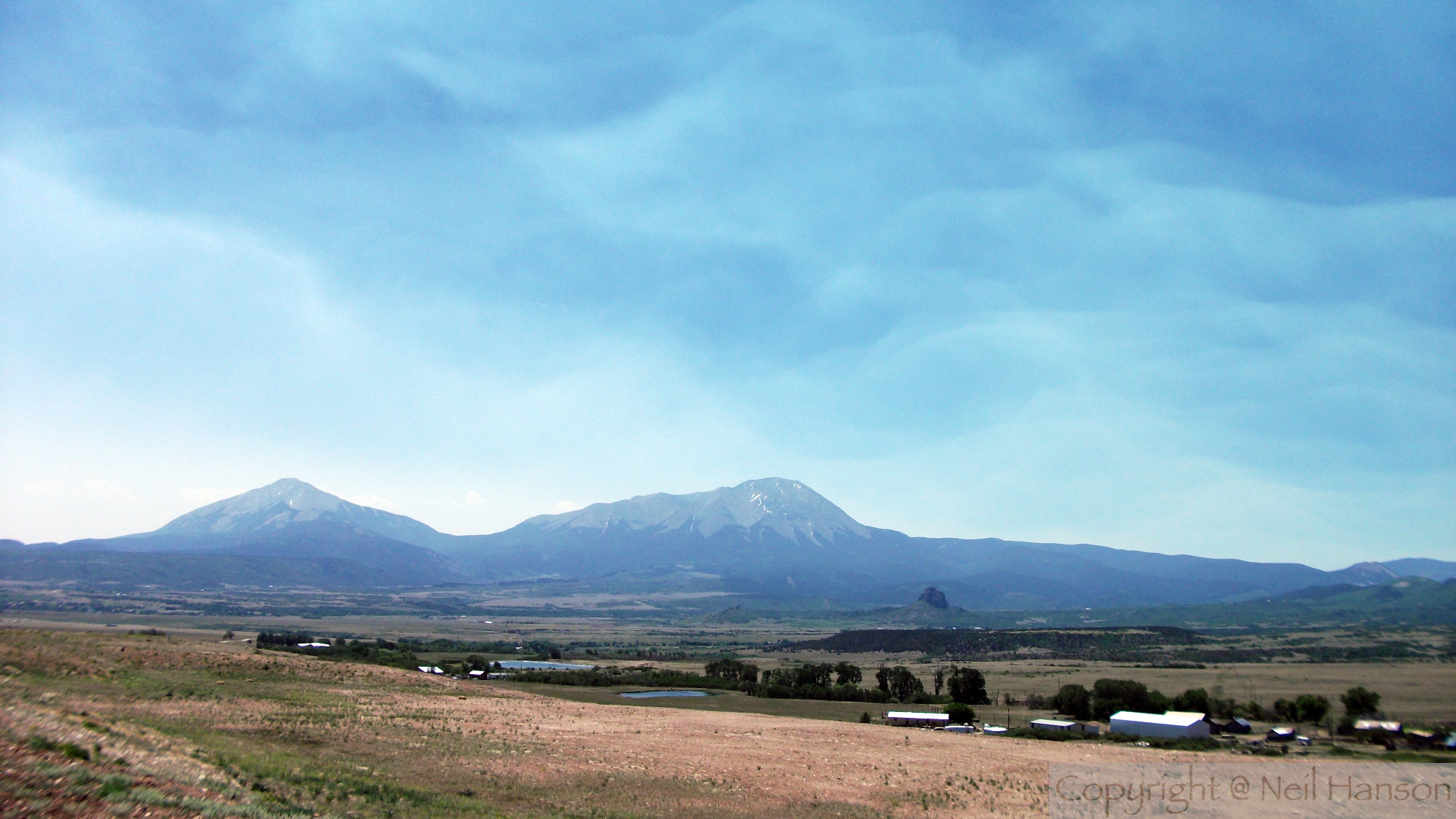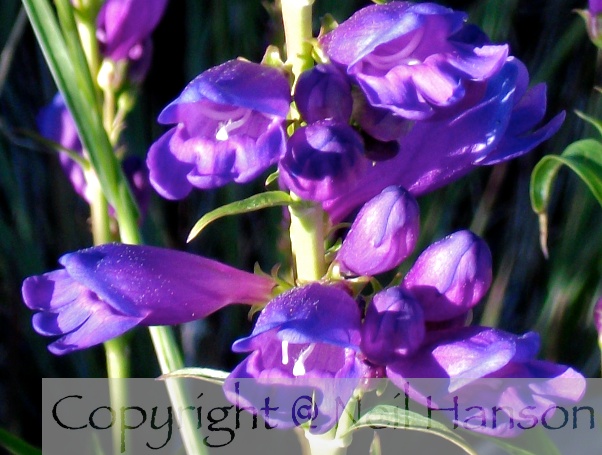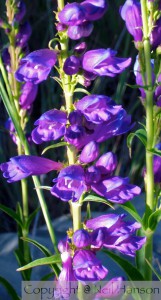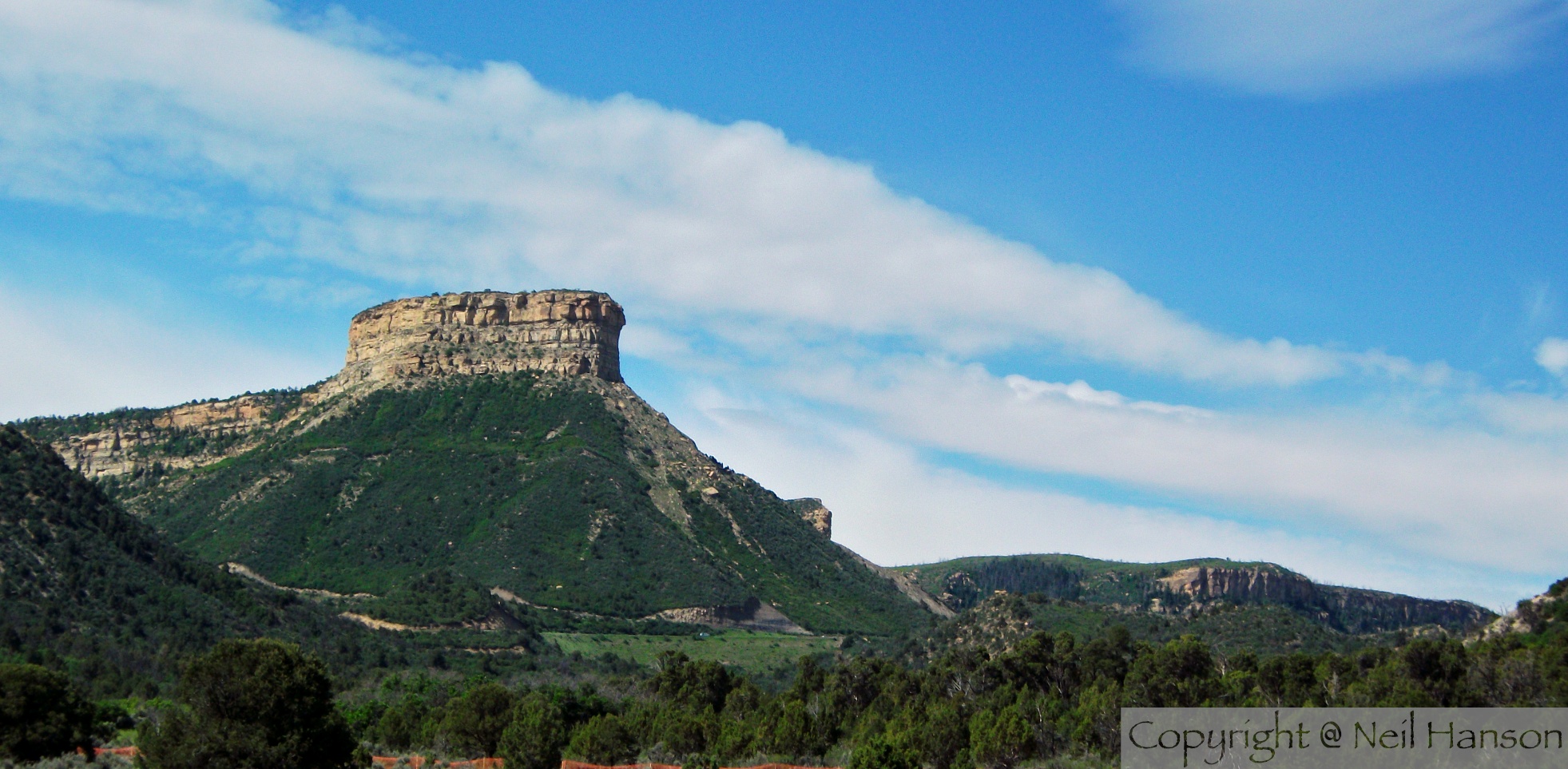Day 8 – Twentynine Palms, CA to Parker, AZÂ -Â The Mojave
Day eight, 3:59 a.m. I’m lying awake in bed, looking at the clock, waiting for the wake-up call.
I’m not sure why I ever ask for a wake-up call or set an alarm. It’s only if I want to make sure I wake before 4:30 or 5:00 that I use any sort of alarm. When I do, invariably, I’ll wake a minute or two before the alarm, and wait for it to go off.
This inner alarm clock started when I was about 11 years old. We were spending a week in a cabin on a lake. I’d forgotten my wind-up alarm clock, but wanted more than anything in the world to get up at 5:00 a.m. to go fishing. My folks let me take the old rowboat out into the cove by myself to fish, and the independence of taking a real boat out onto the water by myself was intoxication to an 11-year-old boy who loved to fish.
When I realized I had no way to wake at 5:00, I went to bed early with the hope that I’d wake early. However, the harder I tried, the less able I was to fall asleep. It was past midnight when my folks finally turned in, the cabin went dark, and I finally found sleep.
The next thing I knew, I was wide awake. It was dark, and I could hear the sounds of the pre-dawn woods around me. I sat up and shone the flashlight on my watch. Lo and behold, it was straight-up 5:00! I quietly gathered my stuff, and made my way through the woods down to the boat as the sky above the trees began to gather a little light. I slipped the boat out onto the glassy surface of the water, and fished.
Later, at the breakfast table, nobody else seemed as amazed as I was that I woke up at exactly 5:00. It was a momentous discovery for me – the fact that I could will myself to wake at an exact time. To this day, if I fall asleep with a particular time I want to wake, I’ll wake nearly to the minute of that time. Sadly, most mornings I’m waking up long before there’s any real “reason†to wake up.
Like that morning all those years ago, the pre-dawn darkness sees me quietly stealing out into the wilderness, away from people, toward solitude. Rather than stealing through the woods down to the quiet mist rolling across a glassy lake, I roll down the road through a sleeping town toward the vast empty expanse of the Mojave Desert. Rather than the soft sound of water against the side of my tiny rowboat as I push it onto the surface of the water, I’m hearing the sweet sound of my freshly oiled chain reflected from the buildings in town as I push my bicycle out onto the surface of a vast desert wilderness.
Once I leave town, the next services are 90 miles east, the longest crossing I’ve ever made. My cache of water at the 70 mile mark is my insurance policy should the wind turn bad on me. In addition, I have two full water bottles, two liters of Gatorade, and another half-liter of water in a bladder stowed away in my bag.
This crossing brings me to within shouting distance of the threshold of mortality. If the wind blows the wrong direction, or the heat gets particularly high, I’ll have a pretty tough day. If both happen, I could be in serious trouble — the kind of serious trouble that can be life-threatening.
Not to over-dramatize the risk. I am, after all, on a public highway. In most cases, if I end up in serious trouble, there’s at least some chance that I can flag down help. Nonetheless, I’m alone on a bicycle crossing a desert wilderness in the summer. Things can turn ugly in a hurry.
So why on earth am I doing this? These next few days really are the “heart of the truth†for me, crossing first this Mojave, then the Sonoran. Crossing the heart of truth, out on the edge of comfort and safety.
Edge: A rim or a brink, or, a place where something is likely to begin. A penetrating and incisive quality, or, the degree of sharpness of an instrument designed to cut. Keenness, as of desire or enjoyment; zest: The brisk walk gave an edge to my appetite. (Compilation from several sources.)
Life happens on the edges. We can’t find the next place on our journey until we discover the edge between the place we are and the place we need to go. Something ends and something else can begin only along an edge. Along these edges we find and feel the penetrating and incisive qualities that give definition to our life. Our interface with life is sharpened at the edge. We discover our greatest zest and our most keen desires at the edge.
I feel alive in a way we rarely get to feel alive in our safe and coddled culture today. Dawn spreads a beautiful pastel palette of color across the eastern horizon in front of me, adding fuel to my wonder and excitement.
Twenty miles out of town, I stop along the side of the road to take in a few calories and some liquid. The sun has crept above the horizon, a bright furnace of nuclear fusion, beginning the morning ascent into his throne in the sky. Mountains rim the horizon around me. The air is crystal clear. I’m a tiny dot in a vast petri dish of sand and desert plants.
And the silence…
The silence of the open desert again, that lack of stuff to create sound as the wind moves through it. A great metaphor for our time here in this life. While we’re here, we might as well be invisible were it not for the impact we have on the world around us. The things we move through make the music that becomes our life.
Once we leave, the only thing we leave behind is the sound we made while moving through the obstacles we find. The only thing we take with us is the silence we’ve nurtured in our heart. We’re like an invisible wind, only apparent to the universe around us through the deeds we do, the songs we sing, and the harmonies we create in the world as we move through it.
The hypnotic silence wraps itself around me. The early morning magic soaks into me as surely as the heat from the rising morning sun burns into my cheeks. I’ve always enjoyed the quiet, but am discovering a new dimension to silence here in the still desert morning. No cricket chirps, no bird sings, no leaves rustle with the movement of air. A truck drives by. I hear it coming from miles away, and hear it for miles as it moves down the highway after it passes. With every 50 or 60 seconds, it puts another mile between itself and me, and drops the sound even further.
Deep silence is something so rare that it’s both conspicuous and remarkable when it confronts us. As I reflect into the depths of the silence around me, the desert itself becomes both more surreal and more personal. Quiet so deep and so broad that it becomes one of the prominent defining dimensions of the world around me. It’s hypnotic. Mesmerizing. Sensual. I know I should get moving down the highway, but the silence holds me. I wallow in it.









